Vintage Tribal Kilim Runner 2' 11" x 10' 8" (35" x 128")
Type:
Kilim RugsCollection:
Tribal RunnersID:
K0077494Size:
Material:
The designs feature a rich array of symbols representing tribal culture and Anatolian motifs, often in the form of medallions, diamonds, and other geometric shapes.
The designs feature a rich array of symbols representing tribal culture and Anatolian motifs, often in the form of medallions, diamonds, and other geometric shapes. These kilim runners are ideal for hallways and narrow spaces, offering a touch of ethnic charm and artisanal quality to any interior.
Herki kilims not only serve as functional floor coverings but also as artistic expressions of tribal identity, making each rug a unique cultural artifact.
Design Elements
- Geometric Patterns: The kilim runner prominently features a series of diamond shapes bordered by smaller triangles, creating a repeating geometric pattern that is characteristic of tribal rugs. These shapes are arranged in a symmetrical manner, lending a sense of order and harmony to the design.
- Texture: The flatweave technique used in creating the kilim adds a unique texture, enhancing the visual appeal and tactile experience. The absence of pile allows the intricate patterns to stand out prominently.
- Borders: The runner includes a decorative border that frames the central design, adding to its overall structure. The border often uses contrasting colors and patterns to draw attention to the center of the rug.
- Rhythm and Flow: The repetition of motifs establishes a rhythm that guides the viewer's eye along the length of the runner, making it suitable for hallways and elongated spaces.
Colors
- Warm Earth Tones: The use of deep browns invokes a connection to earthy landscapes and natural elements, grounding the design.
- Vibrant Accents: Bright pinks and reds inject energy and warmth, contrasting beautifully with the more subdued earth tones, creating a lively yet balanced overall palette.
- Neutral Background: The light beige background serves to highlight the vibrant colors and intricate patterns, allowing them to take center stage without overwhelming the overall aesthetic.
- Color Symbolism: The choice of colors often reflects cultural significance; for instance, reds can symbolize passion or strength, while warm browns might signify stability and comfort.
Main Motifs and Their Symbolism
- Diamonds: Commonly interpreted as symbols of protection and strength, diamonds represent resilience and enduring qualities in the face of adversity.
- Triangles: Often symbolize change and transformation; they can also represent the balance between mind, body, and spirit.
- Motifs of Nature: Elements resembling foliage or animals often seek to invoke a connection with nature, highlighting humanity's respect for the natural world.
- Traditional Patterns: Many geometric patterns hold significance within tribal cultures, reflecting heritage, stories, and identity through their intricate designs.
Summary
The vintage tribal kilim runner stands out due to its effective use of geometric patterns and a vibrant color palette, blending warm earth tones with lively reds and pinks. It features integral motifs such as diamonds and triangles, which symbolize protection, strength, and transformation. The design and color choices reflect a deep cultural significance, embracing both traditional craftsmanship and symbolic meaning, making this runner not just a functional piece, but also a story of heritage and artistry.
- Ships in 1-4 business days
- Only one in stock, handmade, unique
- Free shipping via FedEx Express. Easy returns
- Contact us or add a note to your order if you want us to delay your shipping.
- Request more info if you want this rug shorter or narrower
Colors may appear slightly different across various monitors due to screen settings device differences, and external lighting conditions. If color accuracy is important for your space, we recommend viewing the rug on multiple devices or contacting us for a detailed color description. We can provide detailed photos and references using Sherwin-Williams, Benjamin Moore, Pantone, or even Crayola crayons.
You can also visualize most of our products in your own room with AR (augmented reality) on an iPhone or iPad.
Return Policy
Need a rug pad? We recommend RugPadUSA
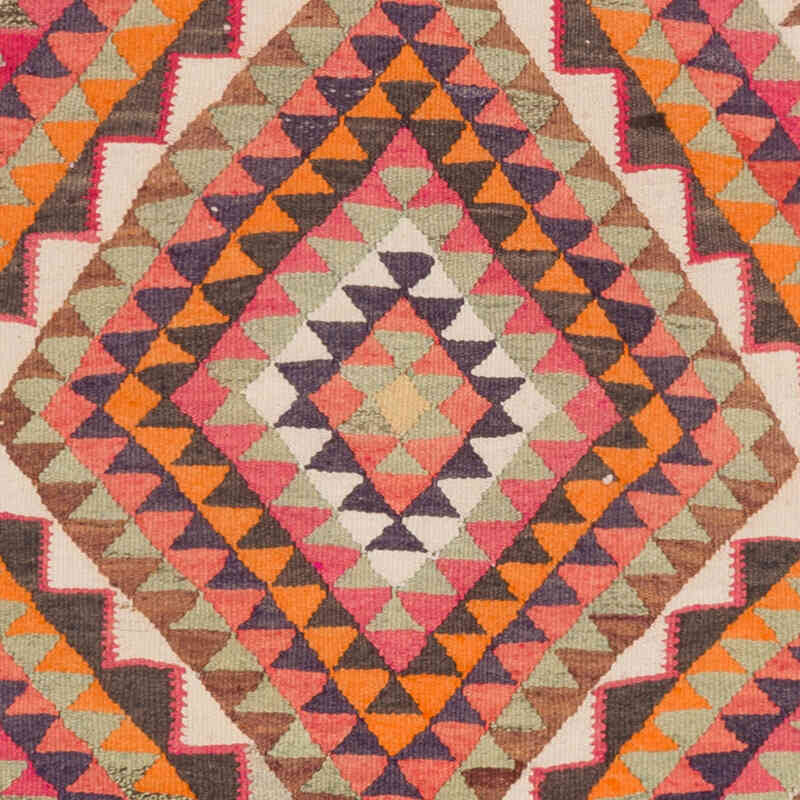
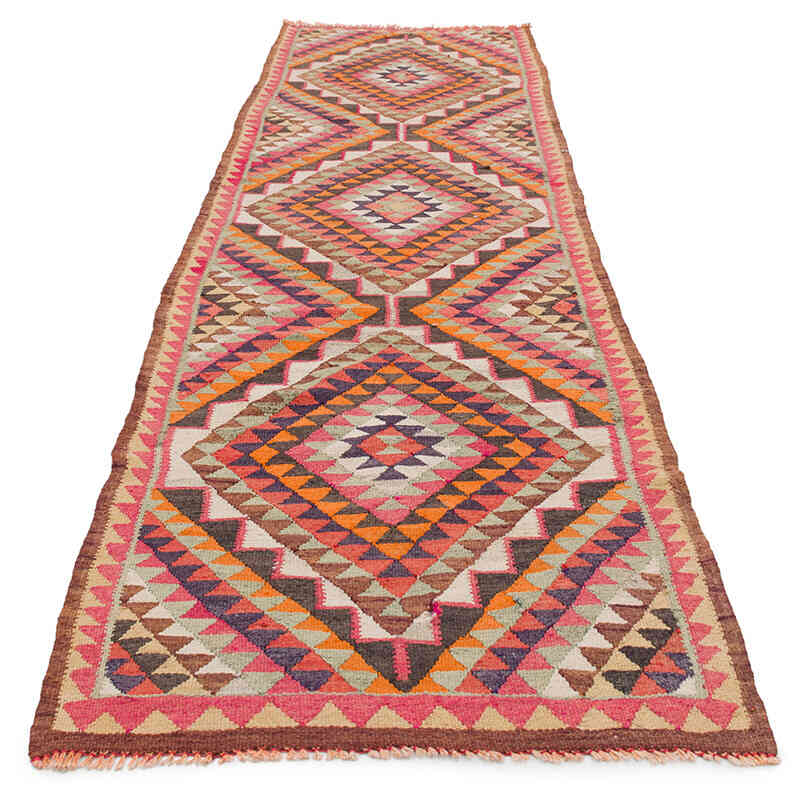
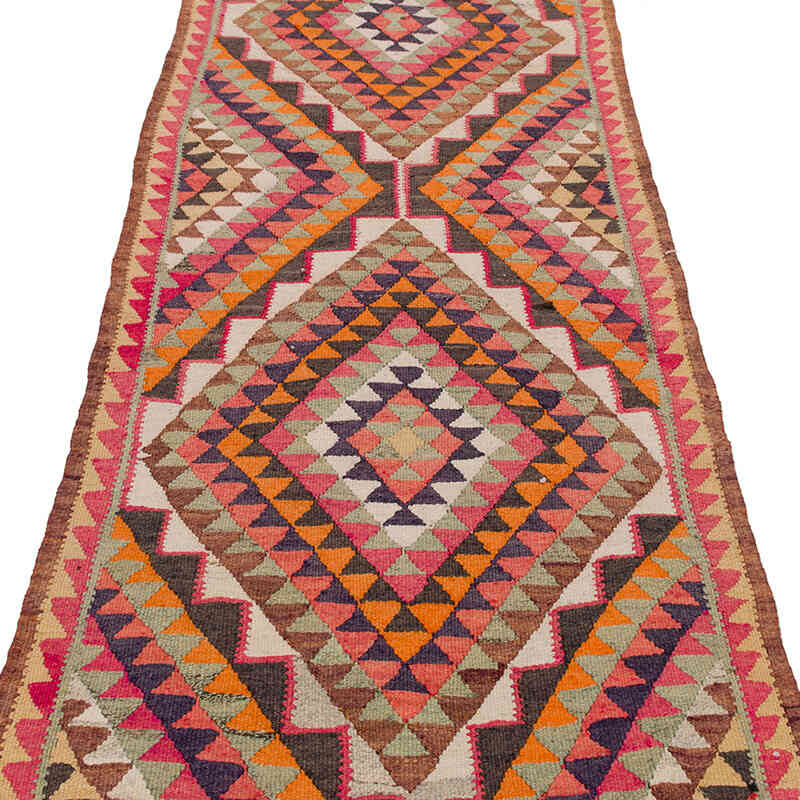
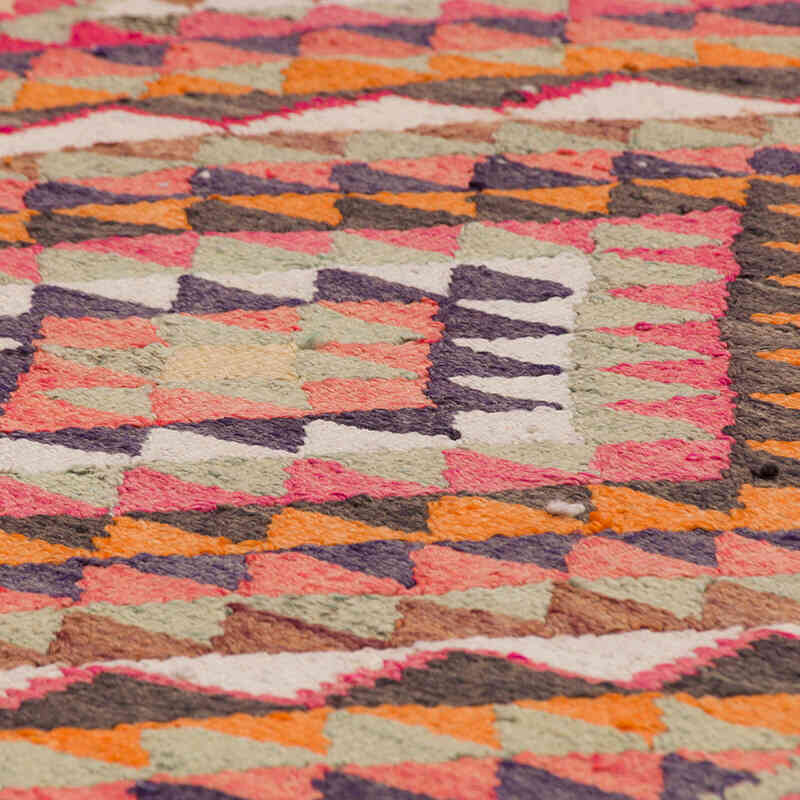
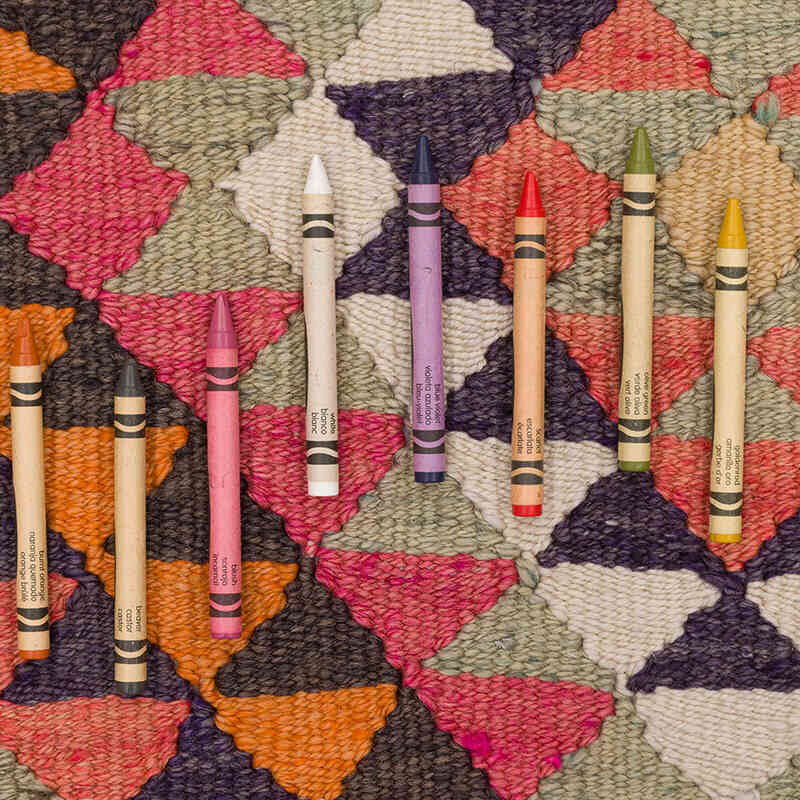
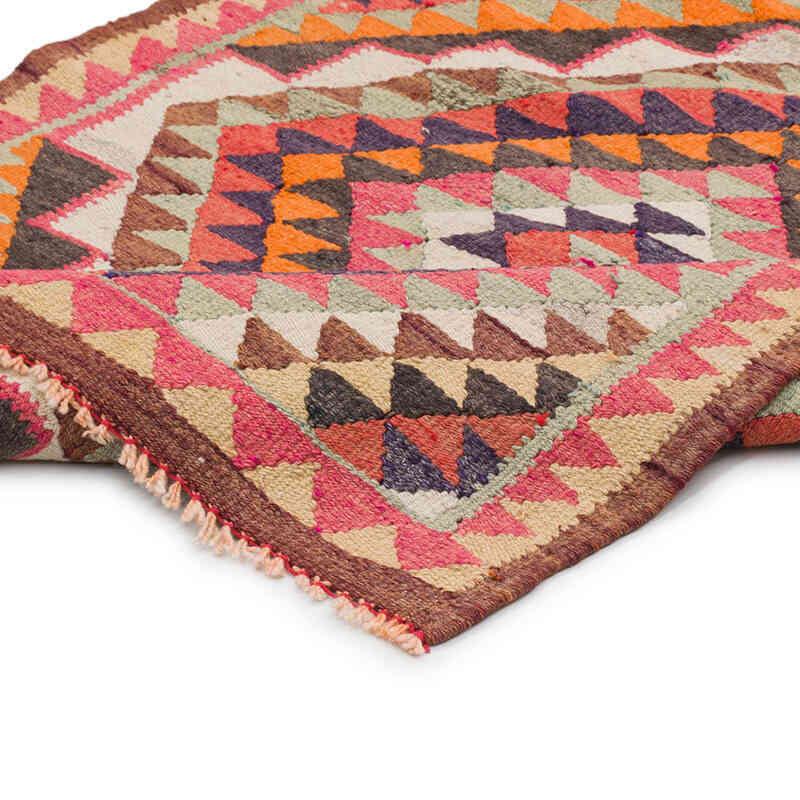
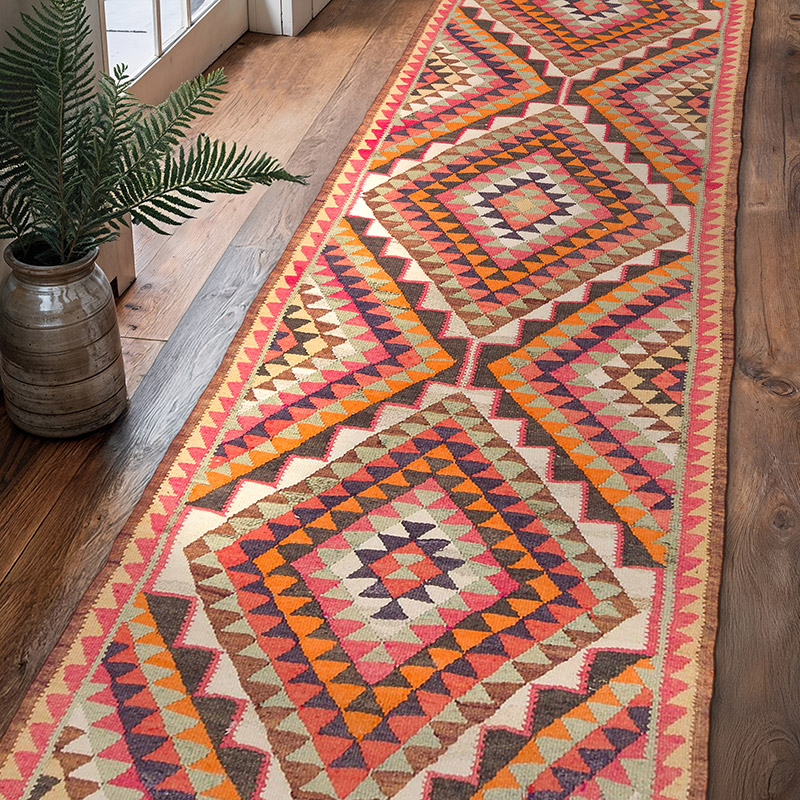
















Wonderful choice of beautiful rugs I…